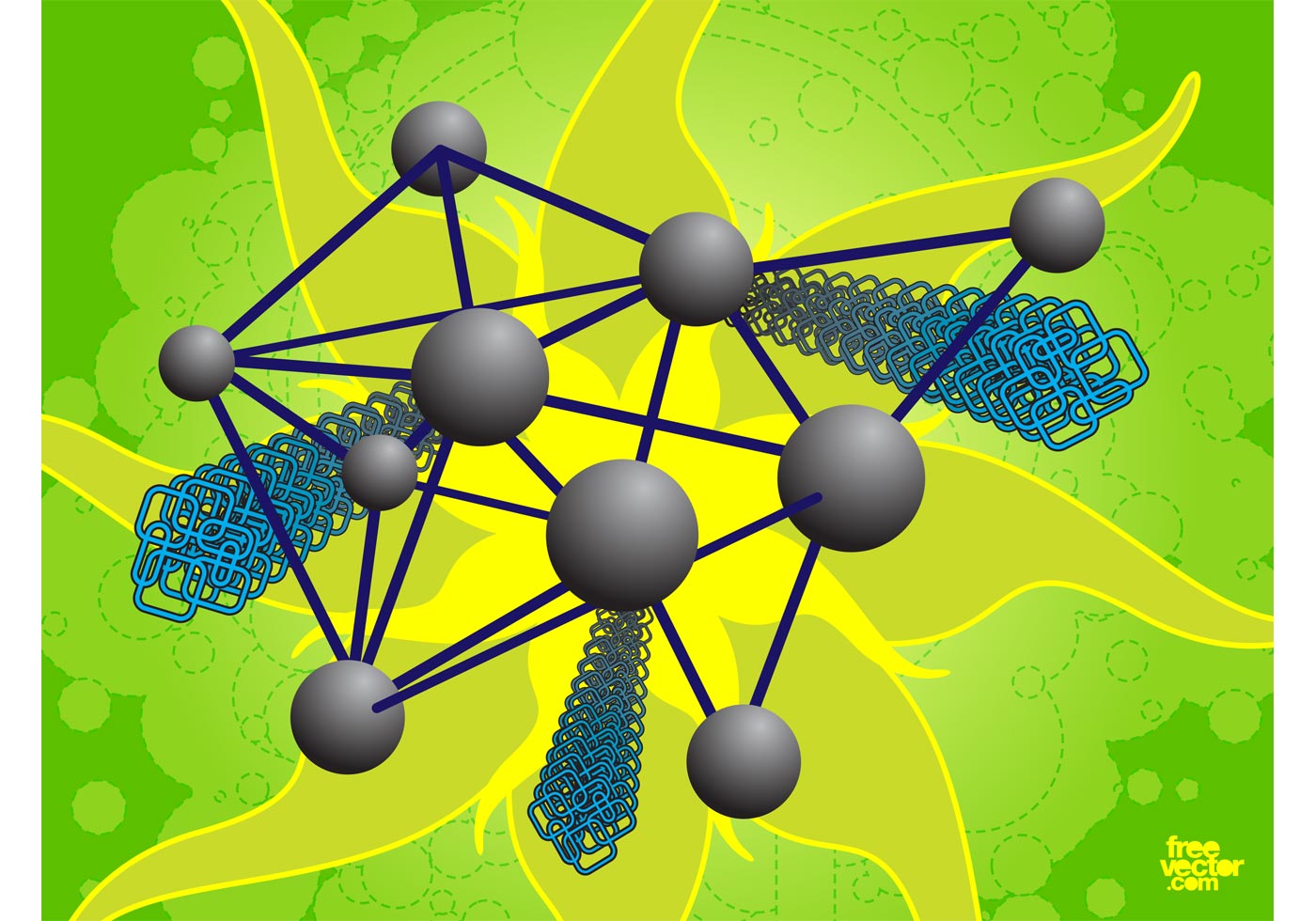

The function cublasSetKernelStream() was renamed cublasSetStream() to be more consistent with the other CUDA libraries. This change removes these unnecessary wrappers around cudaMalloc() and cudaFree(), respectively. The cublasAlloc() and cublasFree() functions have been deprecated. Note that cublasStatus was renamed cublasStatus_t to be more consistent with other types in the cuBLAS library.
#Instruction fusion to vector code software#
This change facilitates debugging and simplifies software development. The error status cublasStatus_t is returned by all cuBLAS library function calls. This change allows library routines to be called asynchronously when the scalar result is generated and returned by reference on the device resulting in maximum parallelism. When a library routine returns a scalar result, it can be returned by reference on the host or the device, instead of only being allowed to be returned by value only on the host. This change allows library functions to execute asynchronously using streams even when \(\alpha\) and \(\beta\) are generated by a previous kernel. The scalars \(\alpha\) and \(\beta\) can be passed by reference on the host or the device, instead of only being allowed to be passed by value on the host. This also allows the cuBLAS APIs to be reentrant. This allows the user to have more control over the library setup when using multiple host threads and multiple GPUs. The handle to the cuBLAS library context is initialized using the function and is explicitly passed to every subsequent library function call. It has the following features that the legacy cuBLAS API does not have: The new cuBLAS library API can be used by including the header file cublas_v2.h. The legacy cuBLAS API is deprecated and will be removed in future release. In this case, the array index of a matrix element in row “i” and column “j” can be computed via the following macro
#Instruction fusion to vector code code#
For Fortran code ported to C in mechanical fashion, one may chose to retain 1-based indexing to avoid the need to transform loops. Instead, macros or inline functions should be defined to implement matrices on top of one-dimensional arrays. Since C and C++ use row-major storage, applications written in these languages can not use the native array semantics for two-dimensional arrays. Data Layout įor maximum compatibility with existing Fortran environments, the cuBLAS library uses column-major storage, and 1-based indexing. This is analogous to how cuFFT and FFTW first create a plan and reuse for same size and type FFTs with different input data. After a set of options for the intended GEMM operation are identified by the user, these options can be used repeatedly for different inputs. This library adds flexibility in matrix data layouts, input types, compute types, and also in choosing the algorithmic implementations and heuristics through parameter programmability. The cuBLASLt is a lightweight library dedicated to GEneral Matrix-to-matrix Multiply (GEMM) operations with a new flexible API. To use the cuBLASXt API, the application may have the data on the Host or any of the devices involved in the computation, and the Library will take care of dispatching the operation to, and transferring the data to, one or multiple GPUs present in the system, depending on the user request.

The cuBLAS API also provides helper functions for writing and retrieving data from the GPU. To use the cuBLAS API, the application must allocate the required matrices and vectors in the GPU memory space, fill them with data, call the sequence of desired cuBLAS functions, and then upload the results from the GPU memory space back to the host.

The cuBLASLt API (starting with CUDA 10.1) The cuBLASXt API (starting with CUDA 6.0), and The cuBLAS API, which is simply called cuBLAS API in this document (starting with CUDA 6.0), The cuBLAS Library exposes three sets of API: It allows the user to access the computational resources of NVIDIA Graphics Processing Unit (GPU). The cuBLAS library is an implementation of BLAS (Basic Linear Algebra Subprograms) on top of the NVIDIA®CUDA™ runtime. The API Reference guide for cuBLAS, the CUDA Basic Linear Algebra Subroutine library.


 0 kommentar(er)
0 kommentar(er)
